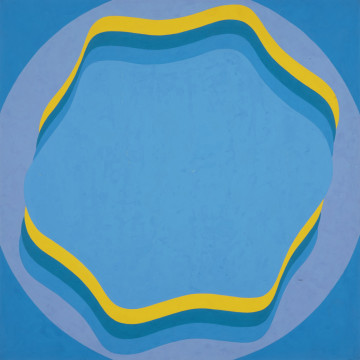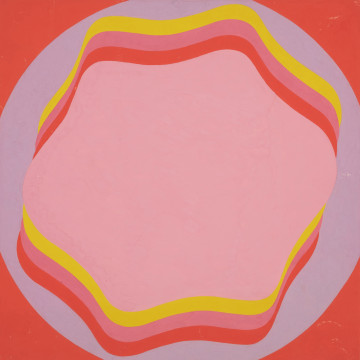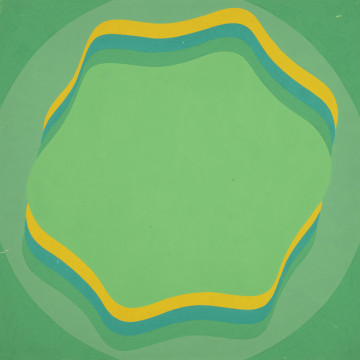
Painting
1969
National Museum in Szczecin
Part of the collection: Post-avant-garde and progressive art
Wstęga I (1969) by János Fajó is one of four works from this series in the collection of the National Museum in Szczecin. Fajó's work, based on the Constructivist tradition, gave it a new form – thanks to his use of vivid colours and streamlined shapes, he gave a new colour to its language. The works in the Wstęgi series, painted with utmost attention to detail, in pure, vibrant colors, evoke associations with the trends of optical art, minimalism and new geometry. The greatest authority who influenced Fajó's work was Lajos Kassák (1887-1967), writer, poet, painter, activist, and leading figure of the Hungarian avant-garde. Fajó did not only follow his artistic ideas, he was also his friend and his link to the world of Western art, responsible for his exhibitions around the world – from 1957 Kassák was banned from travelling abroad and public appearances. In 1973 Fajó, Imre Bak and István Nádler founded the Budapest Studio (Pesti Műhely) – a co-operative of artists and publishers, as well as a professional graphic arts studio. They reproduced and distributed the works of avant-garde classics and contemporary neo-avant-garde artists, published pieces promoting art and they were active in advertising and urban planning. As Fajó himself claimed, they were interested in everything that had shape and colour. The new screen printing technique allowed the artists of the Eastern Bloc to submit their works to competitions and exhibitions organised in the West. In 1976 Fajó became one of the leaders of the Józsefváros Gallery, where for more than a decade he organised thematic exhibitions of bags, chairs, and toys, highlighting the need to break down the division between design and art, which – like education and art theory – he believed to be equally important. In addition to painting and printmaking, he was a sculptor, as well as industrial and graphic designer.
Marlena Chybowska-Butler
Author / creator
Dimensions
cały obiekt: height: 51 mm, width: 50 mm
Object type
painting
Creation time / dating
Creation / finding place
Identification number
Location / status

1969
National Museum in Szczecin

1969
National Museum in Szczecin

1969
National Museum in Szczecin
DISCOVER this TOPIC
Museum of King Jan III's Palace at Wilanów
DISCOVER this PATH
Educational path